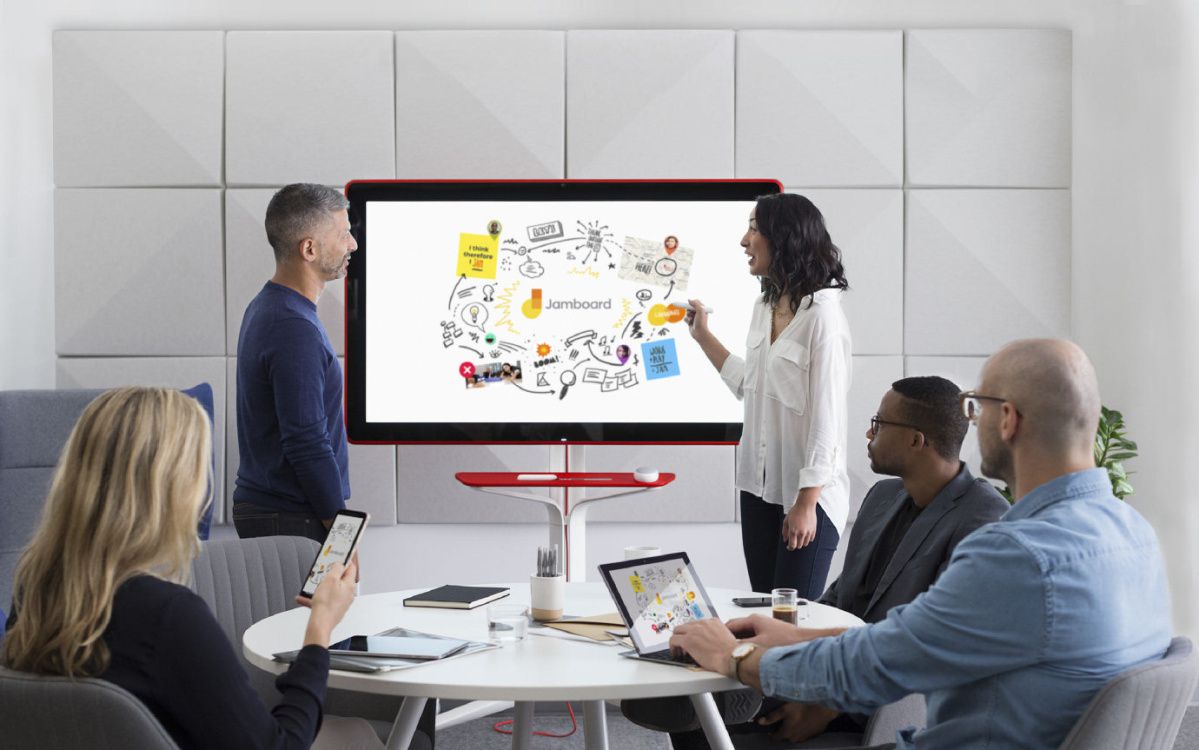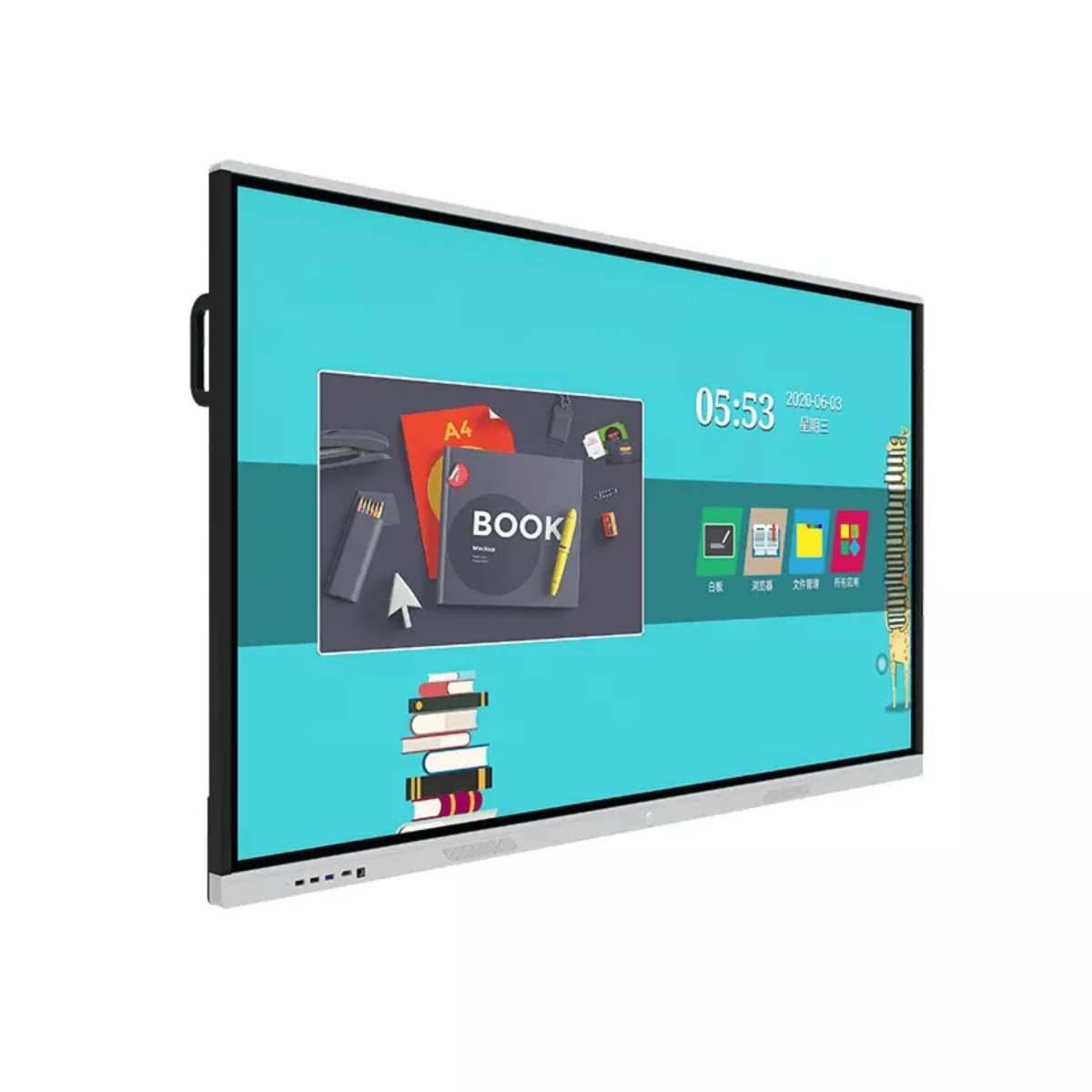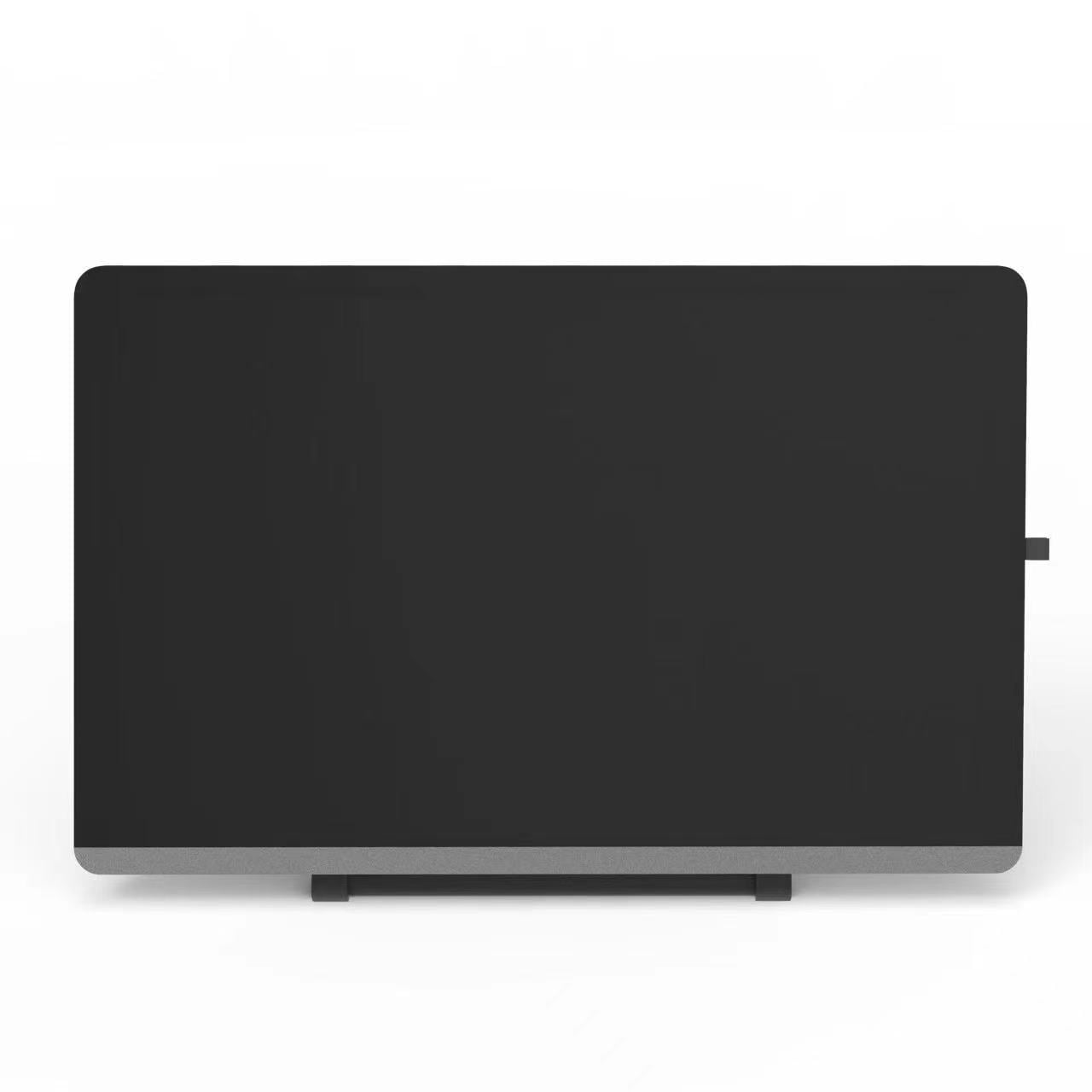Interactive flat panels (IFPs) have become increasingly popular in business and collaboration settings due to their ability to enhance presentations, facilitate collaboration, and improve communication. Here are some key points to cover when discussing the use of interactive flat panels in business and collaboration:
Interactive Presentations: Interactive flat panels offer dynamic and engaging presentations. Presenters can display content, such as slideshows, videos, and interactive applications, directly on the screen, making it more visually appealing and interactive. The touch functionality allows presenters to annotate, highlight, and draw on the screen in real-time, effectively emphasizing key points and capturing the audience’s attention.
Collaboration and Brainstorming: IFPs facilitate collaboration and brainstorming sessions in business settings. Multiple users can interact with the screen simultaneously, enabling real-time contributions, idea sharing, and group activities. Features like screen sharing and split-screen functionality allow participants to share their work, collaborate on documents, and work on multiple tasks simultaneously.
Video Conferencing and Remote Collaboration: Interactive flat panels are often integrated with video conferencing systems, enabling seamless communication and collaboration with remote teams and clients. Participants can join video conferences, share screens, and collaborate on projects in real-time, regardless of their physical location. This promotes efficient remote collaboration and reduces the need for travel.
Whiteboarding and Annotation: IFPs provide digital whiteboarding capabilities, allowing users to create and annotate content directly on the screen. This is particularly useful during meetings, training sessions, and collaborative projects, as participants can brainstorm, take notes, and illustrate ideas in a digital format. The ability to save and share whiteboard sessions enhances collaboration and ensures that ideas are captured and accessible after the meeting.
File Sharing and Document Collaboration: Interactive flat panels facilitate easy file sharing and document collaboration. Users can connect their devices wirelessly or through USB, access files, and collaborate on documents directly on the screen. This eliminates the need for printed materials and promotes a paperless and efficient workflow.
Integration with Productivity Tools: IFPs can integrate with various productivity tools and software applications, enhancing collaboration and workflow efficiency. Integration with project management tools, note-taking apps, and cloud storage services allows teams to access, update, and share information seamlessly, improving productivity and streamlining work processes.
Training and Workshops: Interactive flat panels are valuable tools for conducting training sessions and workshops. Trainers can deliver interactive presentations, engage participants through hands-on activities, and provide real-time feedback. The touch-enabled screens enable interactive simulations, demonstrations, and interactive quizzes, enhancing the learning experience and knowledge retention.
Client Presentations and Demonstrations: IFPs are ideal for client presentations and demonstrations. Companies can showcase their products, services, and prototypes interactively, allowing clients to explore and interact with the content directly on the screen. This enhances client engagement, understanding, and decision-making processes.
Data Visualization and Analytics: Interactive flat panels can display complex data sets and analytics in a visually appealing and easily understandable format. Businesses can use IFPs to present reports, graphs, charts, and visualizations, enabling stakeholders to analyze and interpret data more effectively, make informed decisions, and identify patterns or trends.
Security and Privacy: When discussing interactive flat panels in business settings, it is important to highlight the security and privacy features. These may include user authentication, data encryption, secure network connections, and privacy settings to protect sensitive information and ensure the confidentiality of business discussions.
By highlighting the various ways interactive flat panels enhance business presentations, collaboration, and communication, you can provide a comprehensive understanding of their benefits in corporate environments.



